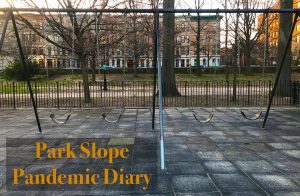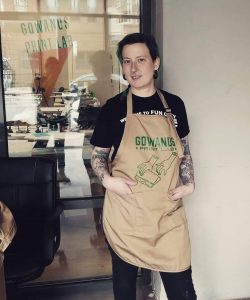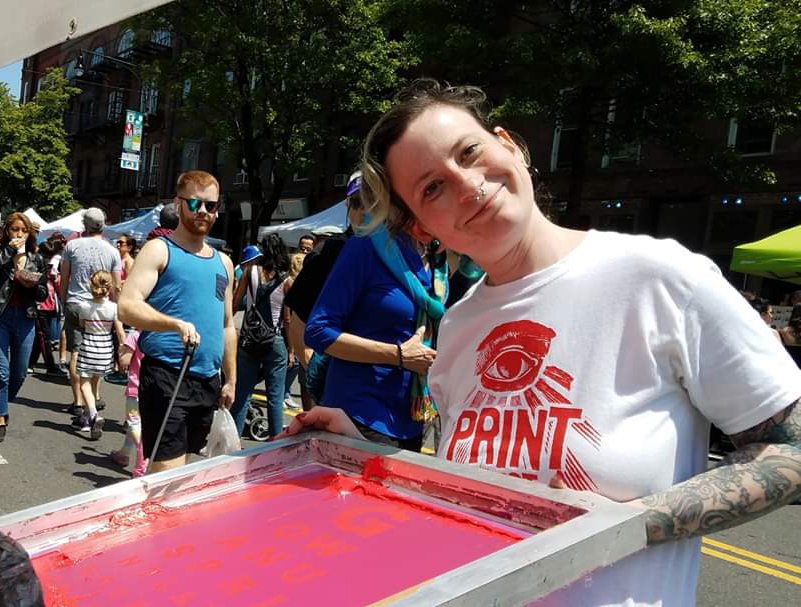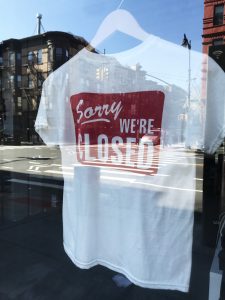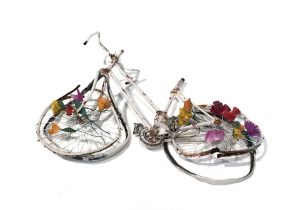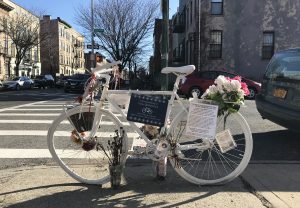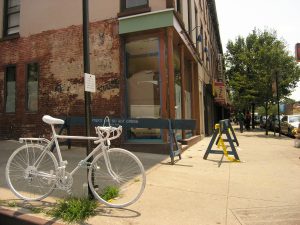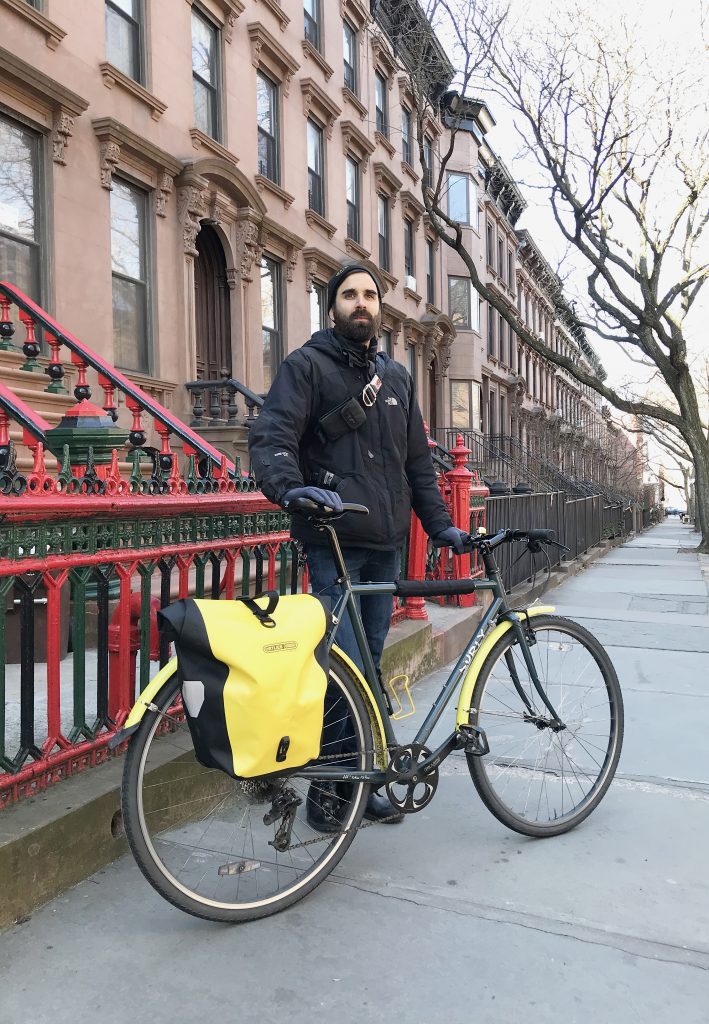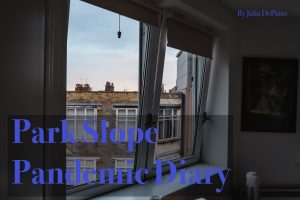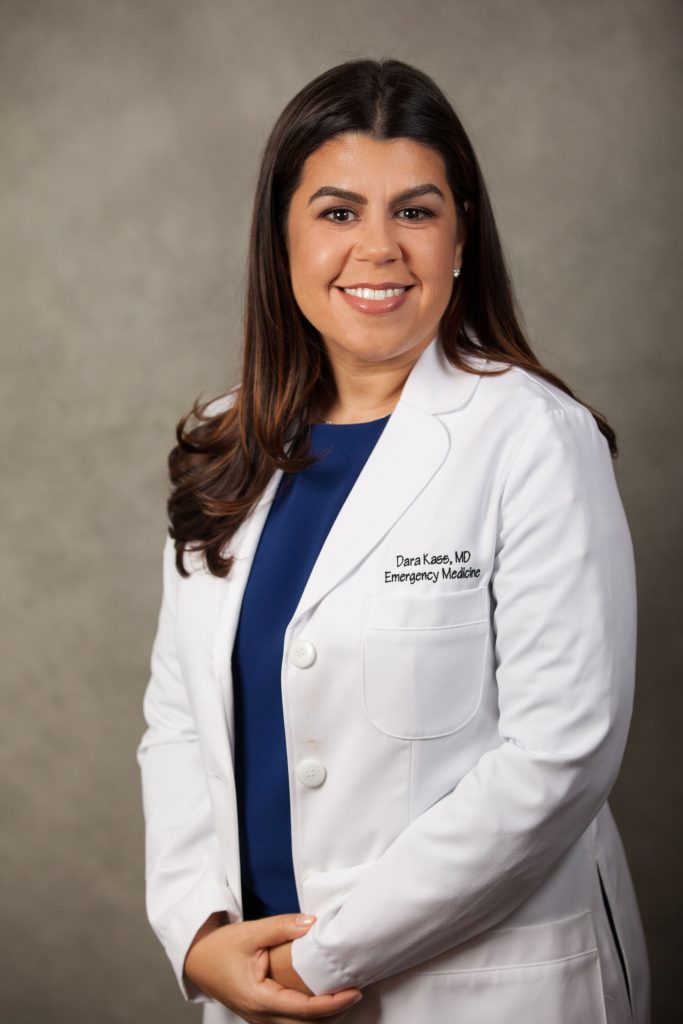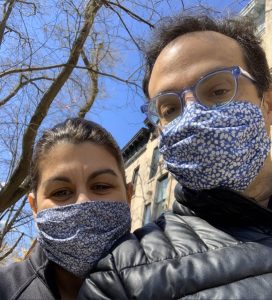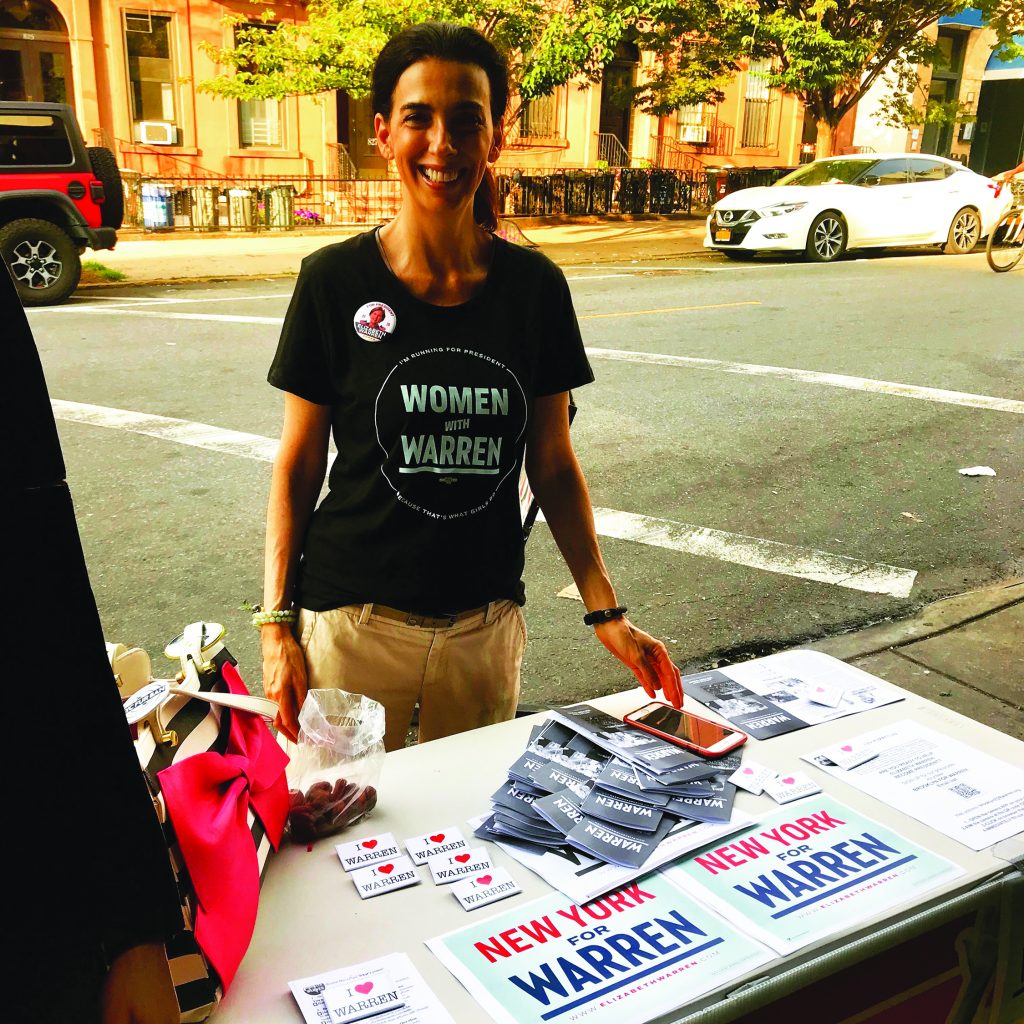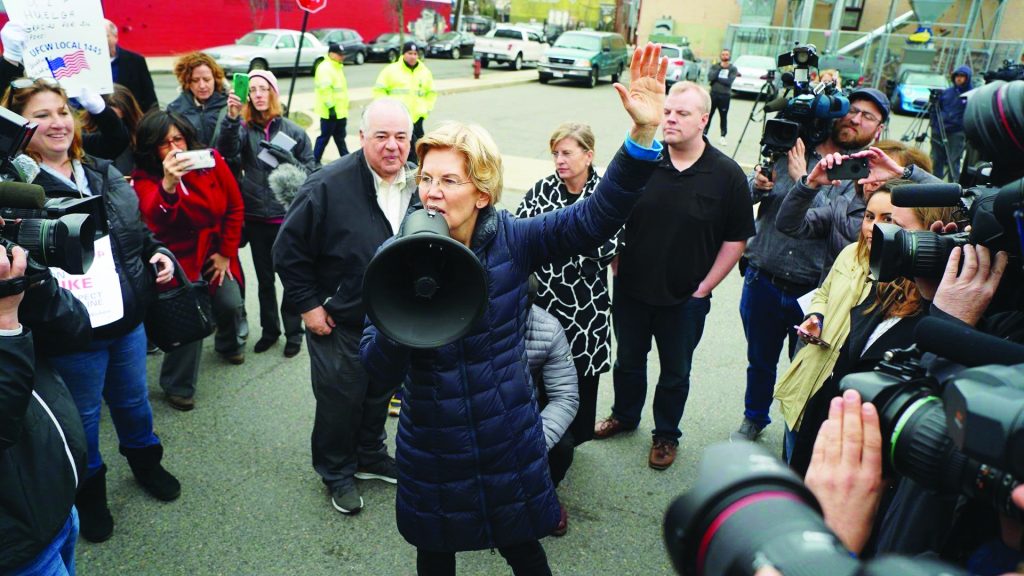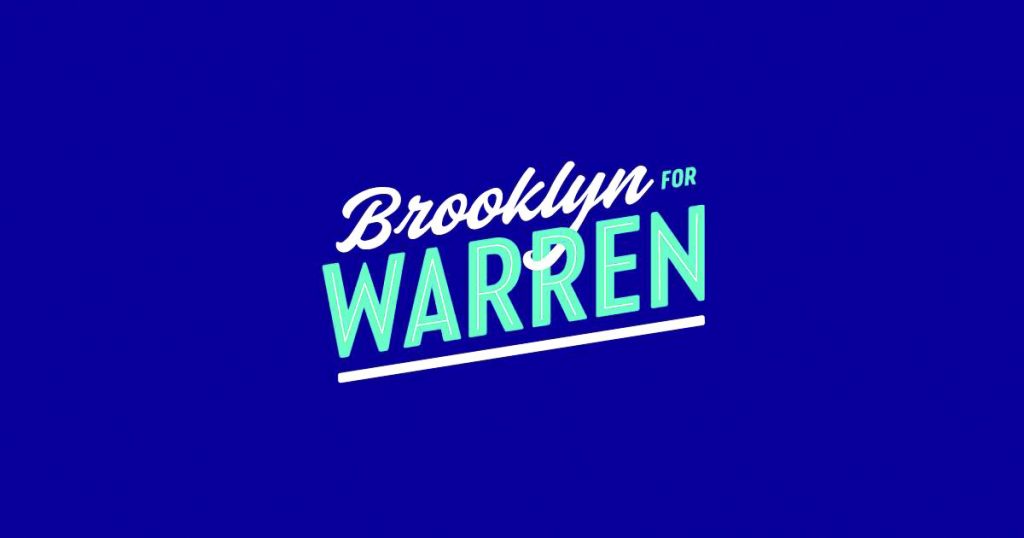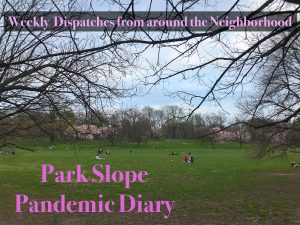
Story update as of April 22: “The landlord will be able to provide an extended move-out period, with a final move out date that is 30 days after the lifting of the NY Pause mandate by Governor Cuomo. Currently, this is in effect until May 15th, which extends the move out until June 15th. We will be working closely with the landlord as things evolve. Since Spaceworks still must close operations, Spaceworks’ agreements will still be terminated on May 31, 2020.”
In the height of the global coronavirus pandemic, a group of Gowanus-based artists, working out of an old sweater factory on President Street, are once again falling victim to gentrification and facing displacement.
“Artists are foot soldiers for gentrification,” said Johnny Thornton, an established Brooklyn artist and Executive Director of the not-for-profit organization, Arts Gowanus. “They move into disused neighborhoods and they build communities. Developers come in and raise the rent so much that they are forced to relocate. This is nothing new.”
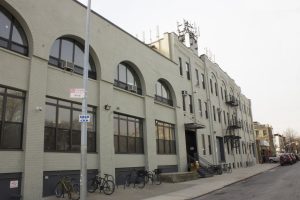
Spaceworks, a nonprofit organization and affiliate of the old factory building, operates below-market-rate workspaces and addresses issues of space affordability for artists living and working in NYC. On March 31 Spaceworks announced the untimely decision to shutter their organization, terminating rental contracts with artists and evicting those with rental properties at 540 President Street. The decision to close their doors came after the economic shutdown of New York State, and during the greatest unemployment crisis in US history.
In a statement, Spaceworks suggested that the decision to close their doors was made in part from mismanagement of the charitable organization; lacking the sustainability model that the business was built upon.
“Thousands of artists have created countless works in our spaces. Ultimately, we could not create a path that would enable Spaceworks to achieve short or long-term financial stability given our organizational model and operating constraints.”
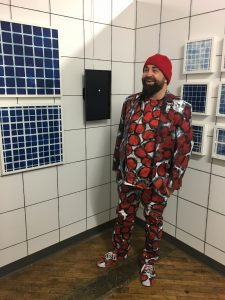
“Spaceworks told us that after May 25th we would no longer be able to access the building via our entry cards,” Thornton said. “Moving a studio is not a small undertaking. Many of our artists are freelancers and gig workers; all of their work has disappeared. They’re struggling financially. Asking anyone to move during a pandemic is unethical.”
The announcement of Spaceworks departing blindsided the contracted artists, living in the epicenter of COVID-19 cases. The news came a few weeks after Governor Cuomo signed the “New York State On Pause” Executive Order, a 10-point policy closing all non-essential sectors of the state’s economy. The state mandate, signed on March 20, includes a 90-day moratorium on all residential and commercial properties and restricts landlords from evicting tenants and illegally changing locks.
“Spaceworks wants the quickest and cheapest way to disband,” Thornton said. “They want us out of the building but without any legal ramifications.”
On April 16, Arts Gowanus, a nonprofit organization that promotes local artists and advocates for sustainable arts communities in Brooklyn, published a newsletter desperately urging real estate developers and property owners to help relocate the newly evicted artists. The newsletter explains that neither Spaceworks nor the property owners, PDS Development Corporation, can guarantee that artists unable to move before the deadline of May 25th will have access to their property in the following weeks.
“Artists and developers typically have a symbiotic relationship, so we reached out to the development company,” Thornton said. “We (Arts Gowanus) offered to take over Spaceworks’ lease so that artists wouldn’t be evicted. The mission of Arts Gowanus is to keep artists in Gowanus and to stop developers from pushing them out. The model that they (PDS) offer is not sustainable.”
Thornton contacted Tomasz Naklicki, a real estate developer at PDS. According to Thornton, Naklicki showed no remorse for the dismantling of Spaceworks, nor did the company show any compassion for the artists who are being illegally locked out of their studios and forced to relocate during state-mandated stay-at-home orders.
“It was the same cold language that I’ve heard from other development companies and property owners,” Thornton said. “They want to remodel and remake the space. There was absolutely no regard for our safety.”
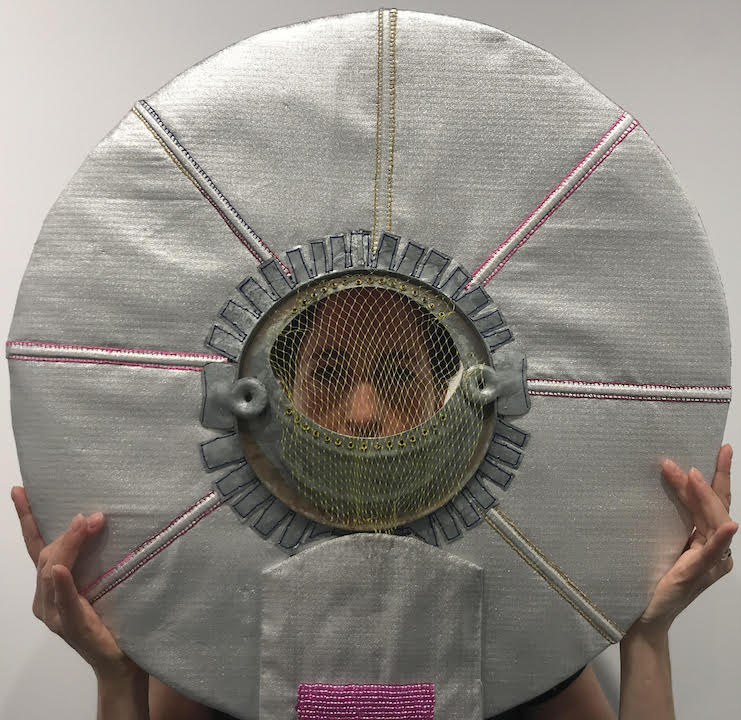
“The development company is not willing to speak with us,” said Rachel Selekman, a mixed-media artist and longtime resident of 540 President Street. “They’re not willing to negotiate. It’s very clear that they aren’t concerned for the health or wellbeing of artists.”
Selekman explained that many of the renters of 540 President Street began working from home after learning about the severity of the novel coronavirus outbreak is in NYC.
“A few weeks ago I went to my studio for the last time,” Selekman said. “I want to decrease exposure for myself and for others.” She paused before adding, “We know of one artist who has COVID-related pneumonia.”
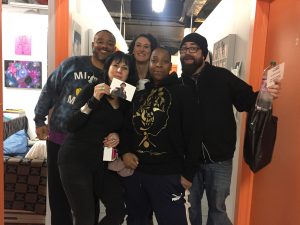
Thornton also expressed concern for the community of 540 President Street.
“This virus is a real detriment to anyone with a compromised immune system. This is about life and death. It’s just not safe for anyone to be moving,” Thornton said. “They (landowners) are hemorrhaging artists. They would rather have empty studios than to offer a subsidy for artists facing an inconceivable situation. My hope is that some sort of concession can be made with PDS without endangering anyone’s life.”
PDS Development Corporation did not respond to Park Slope Reader’s request for comment.
During this time of uncertainty, we at the Park Slope Reader are committed to serving our community. Please follow us each week as we catalog changes in our neighborhoods while providing the latest medical developments and valuable resources. Park Slope and adjoining areas are unique to the New York City landscape, and we will continue highlighting our neighbors through weekly editorials. This is a challenging and historic time; please know we are committed to getting through this together.
We want to know how the coronavirus pandemic is affecting you. If you have a story to share please contact us at office@psreader.com.


